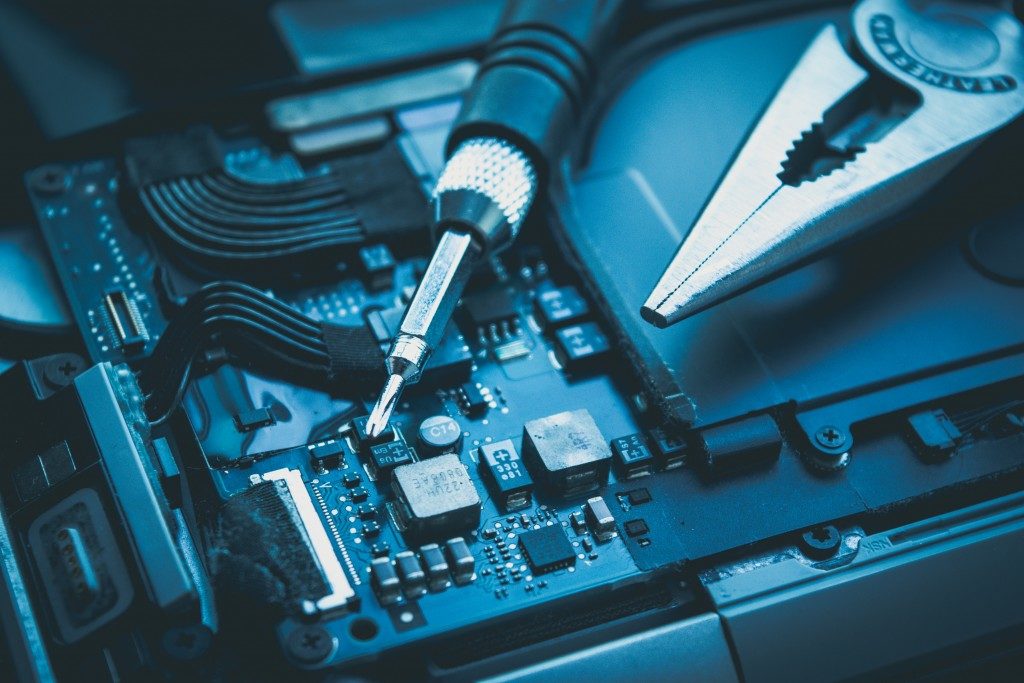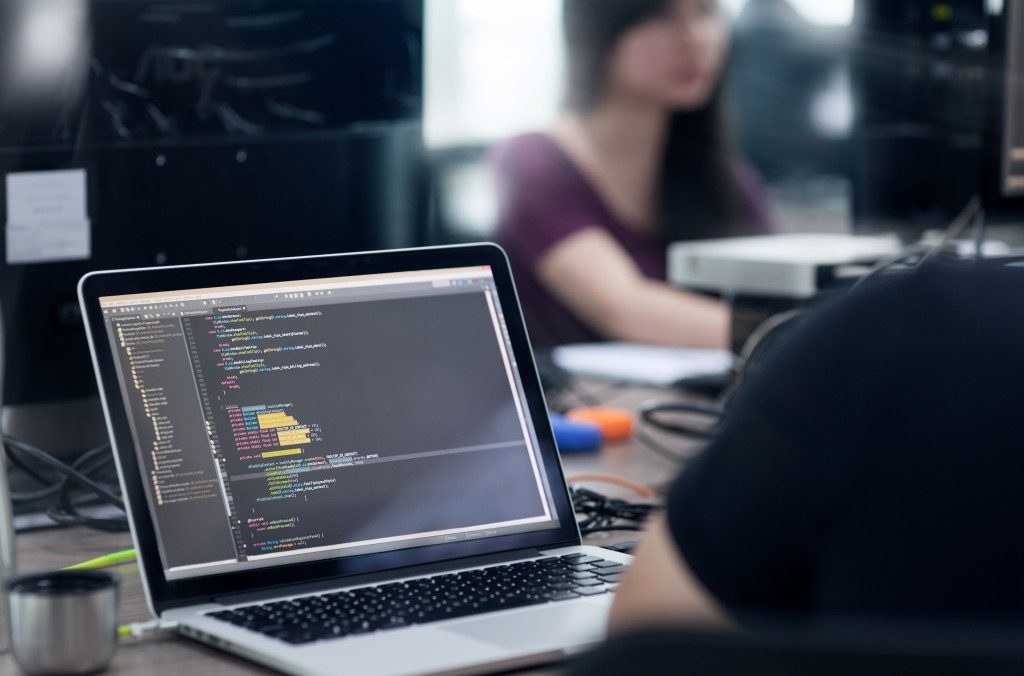Have you ever tried to build your own personal computer? It can be a fulfilling experience. The process gives you a little bit of challenge, but you will learn about the various components along the way. If you are the inquisitive type, you can do further research on topics such as circuit board fabrication. You will be more appreciative of how manufacturers build graphics processing units (GPUs) and motherboards if you learn more about that process because they have very intricate designs.
The motherboard is named so because it is the one that houses the different components that make up your PC. This is where you slot in your processor, plug in your RAM sticks, and other essential stuff. If you are aspiring to become a PC enthusiast, here are some important information that will guide you to become one:
Sizes
Computers come in different sizes, and the main driver of that is your motherboard. The larger it is, the more features you have to expect, such as more SATA or USB ports on the board.
The largest motherboard size is ATX, which comes at 305 mm high and 244 mm wide. This would come with the most PCIe slots at around three or four. You should also have great storage support and expect to connect more than six hard drives or SSDs.
If ATX is too large for you, you can drop down to a micro-ATX board. This has a more square-ish size at 244 mm by 244 mm. Since it is smaller, expect to have fewer features. You will have two PCIe slots, which would let you connect two graphics cards. SATA ports should be more than enough for the regular PC user. The ones with the highest chipsets usually give you five or six slots to play with.
The most compact of the bunch is the mini-ITX. This one has dimensions of 284 mm for the height and 208 mm for the width. It would be rare for you to find one that has more than two RAM slots. This also has only one PCIe slot, so you can have only one graphics card connected. If you like to have a smaller footprint, you can look for small form factor cases that mostly support only mini-ITX boards.
What Is a Chipset?

You will see the term chipset being thrown around when you do your research on building PCs. This will dictate the features, level of support, and functionality of your motherboard. You should be aware of which ones are compatible with the CPU that you have on hand. This is why it is a good idea, for a beginner, to purchase the motherboard and the CPU at the same time. This is for you to make sure that they are compatible with each other, and it is best for you to do this while you are at the store. When it comes to the chipset, you should know which CPUs are compatible, if it allows overclocking, and how many PCI lanes are available to you.
Other Parts You Must Know
In a motherboard, there are various pins, ports, and sockets that you may not know about. The main parts that you have to look after first are the ones that will get your computer up and running. The first is the CPU socket because this is where the processor is placed. Next are the RAM slots because they are also essential for booting up your computer. You also have to know about the power sockets, namely the 24-pin or the 8- or 4-pin. These would be connected to your PSU with its supplied cables. The 24-pin is the main power for the whole board while the 8- or 4-pin provides power to your CPU.
Fan headers are also important, especially the one for the CPU. If it overheats, the system will shut itself off to protect itself. So you have to make sure that the cooler is connected. There are other fan headers around the motherboard. The larger the board you have, the more fans you can connect. Your case will dictate how many you have to use.
One of the trickiest things to plug to the motherboard is the front panel connections of your case because they are so tiny. These make your power and reset button functional, as well as your hard drive indicator and your audio jack. If you do not want to bother with these, it is okay; the computer will still run. But you have to find another way to turn on your computer other than shorting it at the board level.
As you can see, the motherboard is a very complex part of the computer. There is much to learn about it. But these should get you started. The information given to you should be enough to have a power-on self-test (POST).



